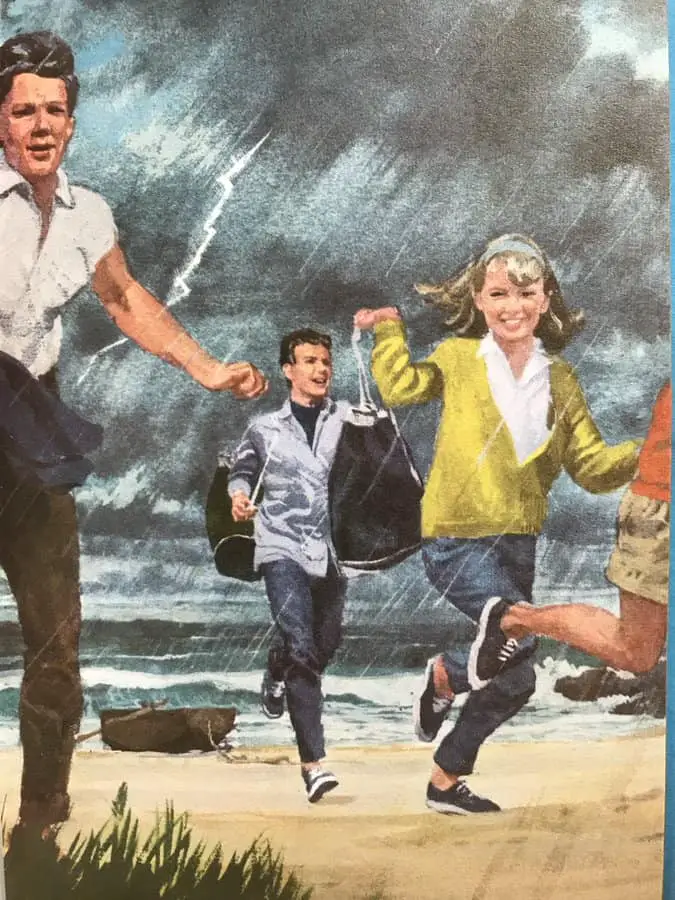-
Eloise by Kay Thompson and Hilary Knight
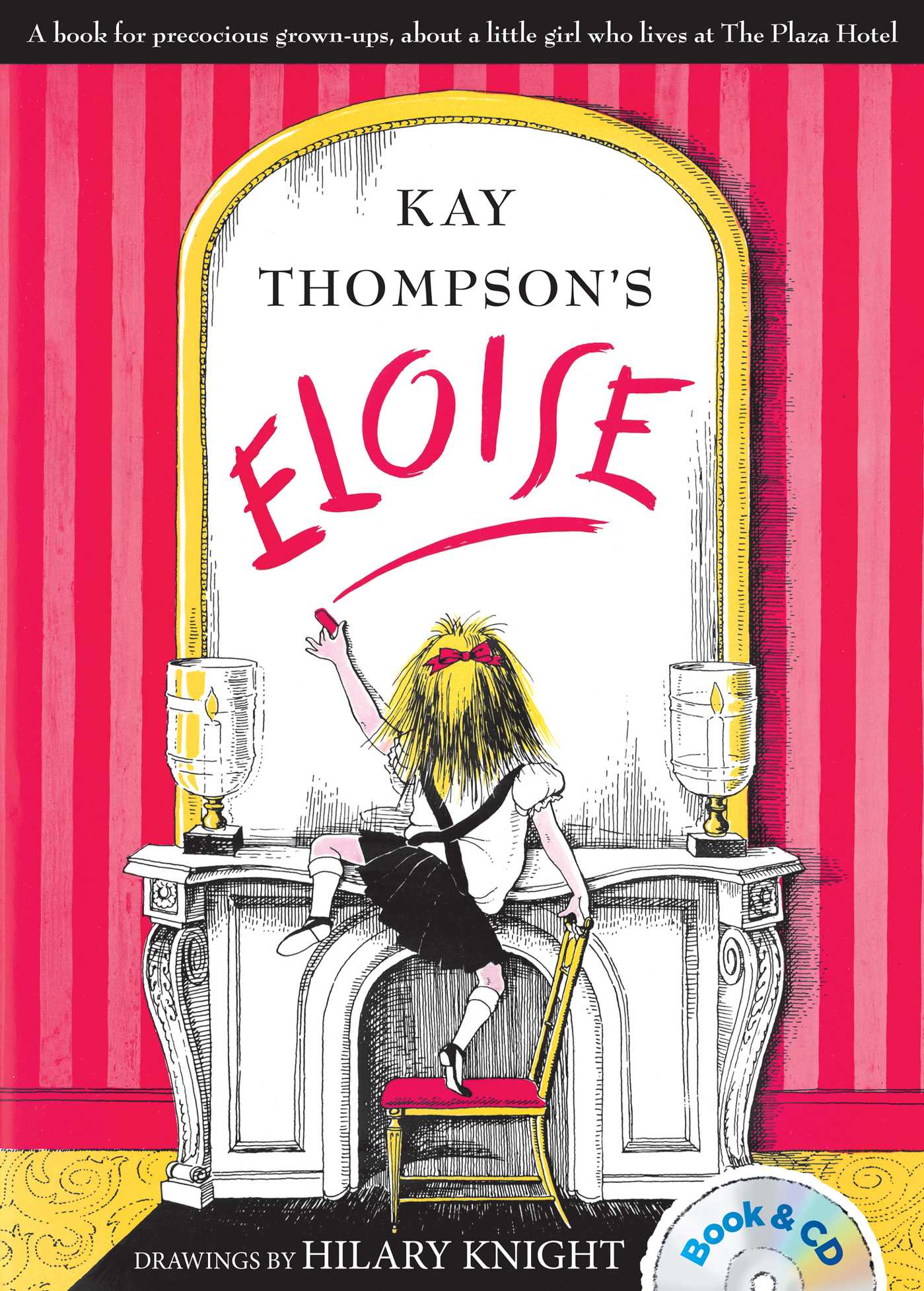
Eloise is a classic 1955 picture book written by Kay Thompson, illustrated by Hilary Knight. Writer Kay Thompson (1909–1998) was also a composer, musician, actress and singer. Illustrator Hilary Knight was born in Hempstead, Long Island, New York, in 1926.
-
I Live On Your Visits by Dorothy Parker Short Story Analysis
Dorothy Parker (1893-1967) is remembered as one of America’s greatest wits. If you watch Gilmore girls, you’ll be familiar with her name, as Rory is depicted reading a 1976 edition of The Portable Dorothy Parker. The creator of Gilmore girls, Amy Sherman-Palladino, was clearly a huge fan, naming her production company Dorothy Parker Drank Here. […]
-
The Veldt by Ray Bradbury Short Story Analysis
The Veldt (1950) is one of the more famous short stories by American author Ray Bradbury. As I’ve seen it described: “The one where the techno wallpaper eats the parents.”
-
Tawny Scrawny Lion (1952) by Jackson and Tenggren

Tawny Scrawny Lion is a Little Golden Book first published in 1952, written by Kathryn Jackson and illustrated by Gustaf Tenggren
-
Charlotte’s Web Novel Study Analysis
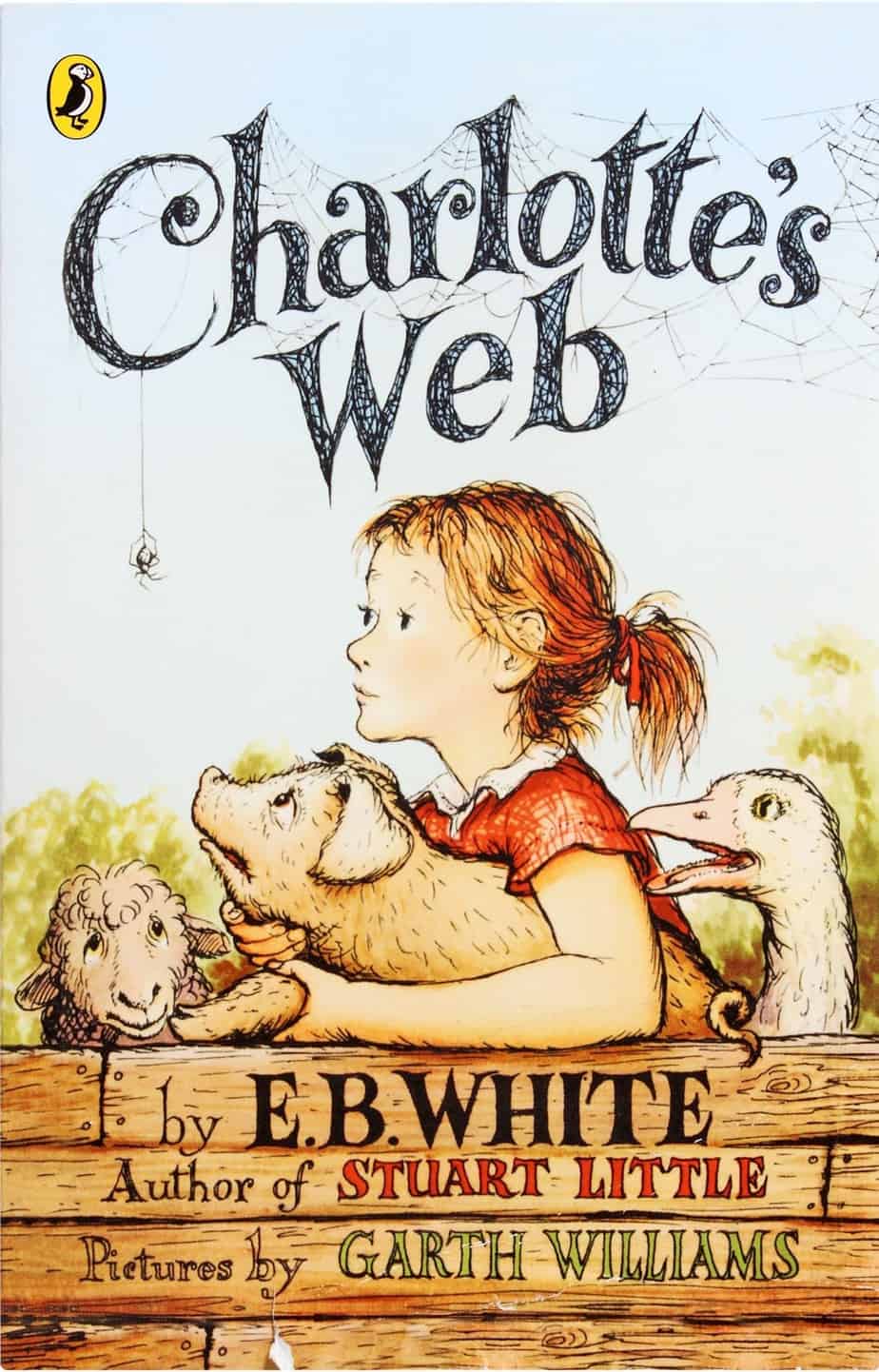
At almost 32,000 words, Charlotte’s Web (1952, 1963) is a middle grade novel rather than a chapter book. This is a story with many hidden depths, which appeals to middle grade kids as well as their adult co-readers. Below I’ll be getting into how this story appeals to both children and adults, the themes of […]
-
A Good Man Is Hard To Find by Flannery O’Connor Short Story Analysis

“A Good Man Is Hard To Find” is a well-known short story by American writer Flannery O’Connor, published 1953. So much has already been said about this story — I will look into its structure from a plotting point of view. It’s also about time I read this story. Without reading Flannery O’Connor’s most famous […]
-
The Lion, The Witch and the Wardrobe Storytelling
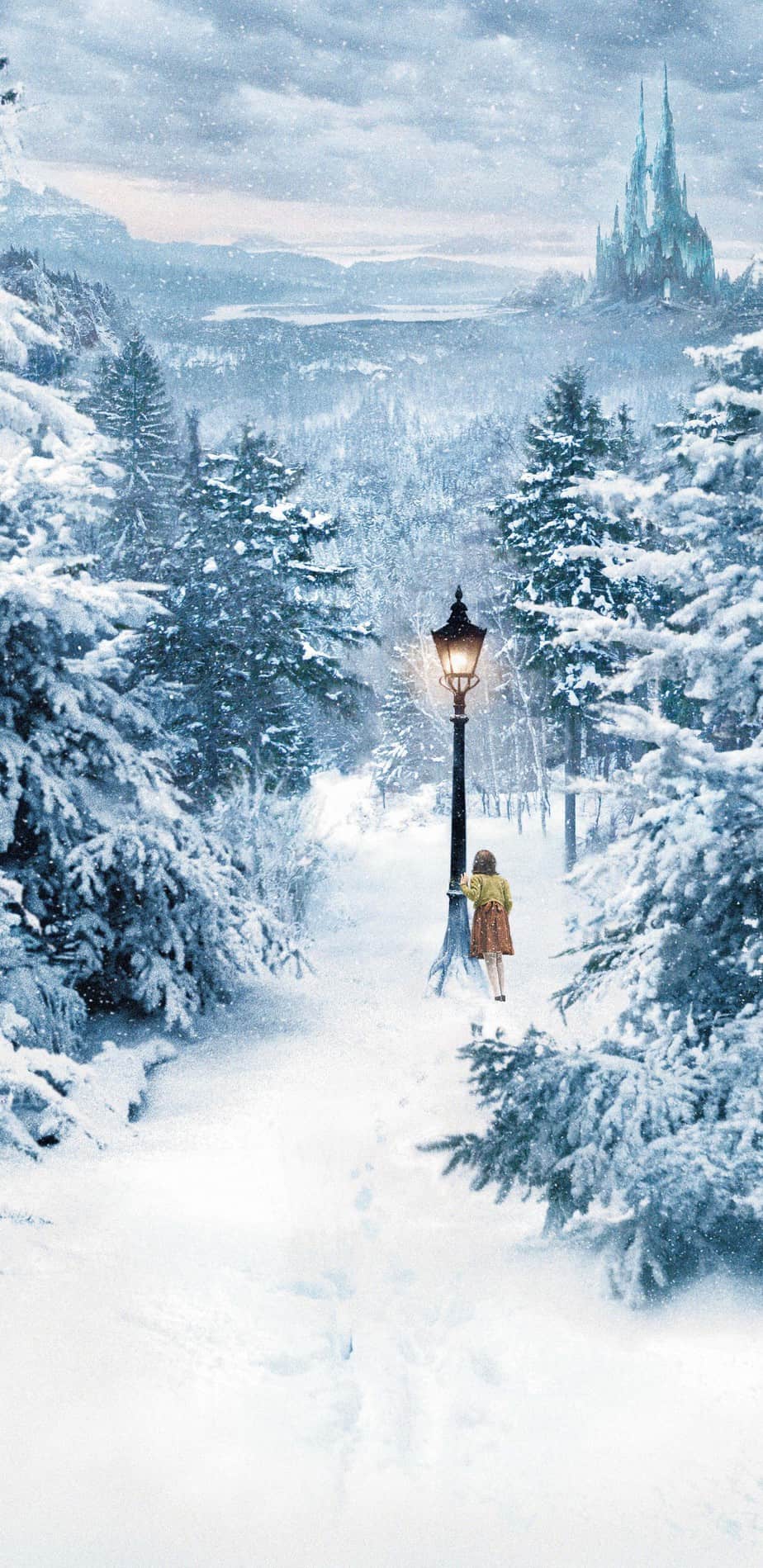
So much has been said about Narnia already. Can I add a single thing to the corpus by blogging about storytelling techniques in The Lion, The Witch and the Wardrobe? Probably not, but my 10-year-old is studying this novel at school. She’s home sick today. I know the rest of her class is watching the […]
-
The Sailor Dog by Margaret Wise Brown
The Sailor Dog by Margaret Wise Brown is a Little Golden Book classic, first published 1953. After the success of Mister Dog, Wise Brown and Garth Williams were paired by the publisher the following year. The Sailor Dog is basically a Robinsonnade for the preschool set. The Robinsonnade is an adventure story which takes place […]
-
Mister Dog by Margaret Wise Brown and Garth Williams Analysis
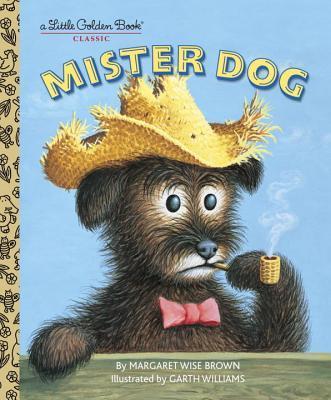
Mister Dog, written by Margaret Wise Brown, was first published by Little Golden Books in 1952. This was the last book published in Wise Brown’s lifetime before she died age 42. Garth Brown illustrated the text in his distinctive Garth Brown style. The story is about a dog with the stand-out gag that he ‘belongs […]
-
The Last Question by Isaac Asimov
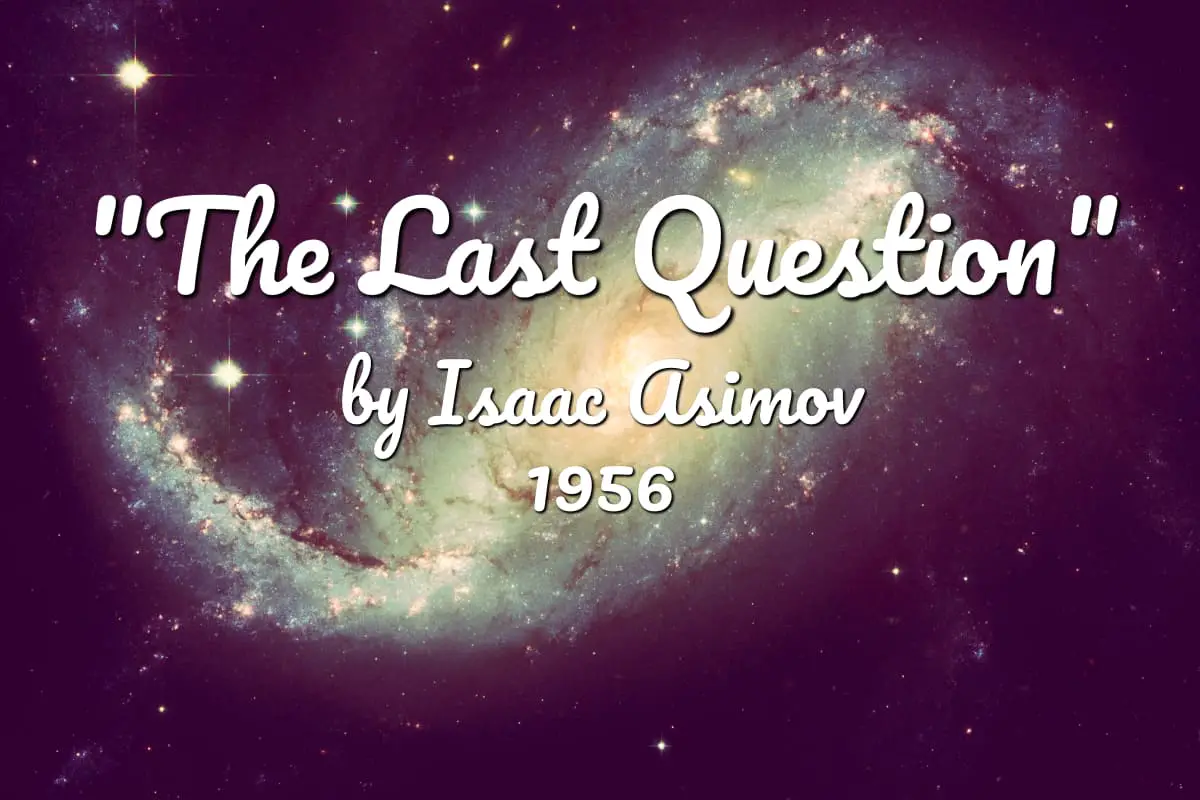
“The Last Question” by Isaac Asimov is a science fiction short story first published in 1956. The ideas are even more relevant today than they were back in the 1950s. Isaac Asimov was an ideas man. I generally find his work hard to read because I read for character first. Asimov worked the other way […]
-
Lamb To The Slaughter by Roald Dahl Analysis
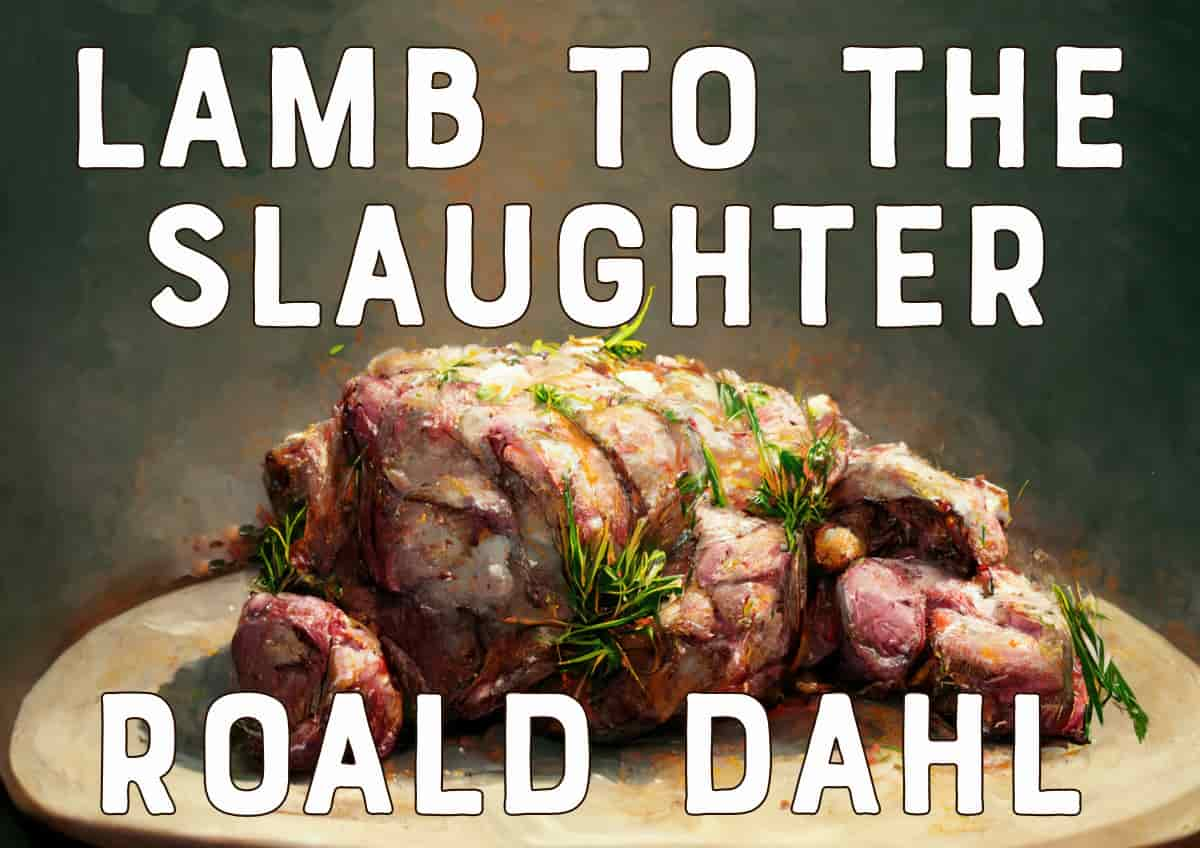
“Lamb to the Slaughter” is one of Roald Dahl’s most widely read short stories, studied in high school English classes around the English speaking world. In this post I take a close look at the structure from a writing point of view. Why has this story found such wide love? What appeals?
-
Harry The Dirty Dog by Gene Zion and Margaret Bloy Graham Analysis
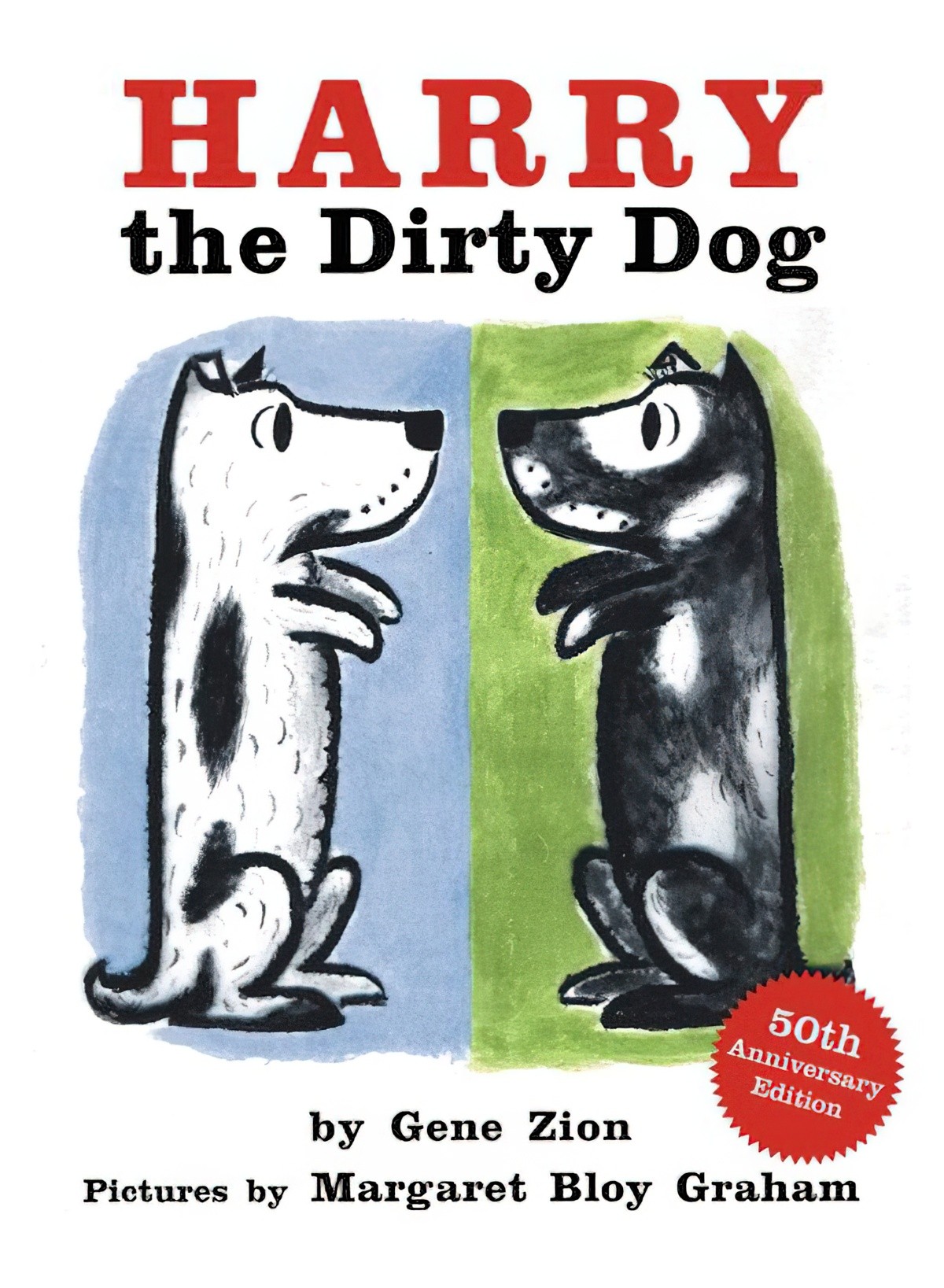
Harry The Dirty Dog (1956) is a good example of what Bakhtin termed ‘the material bodily principle‘ — the human body and its concerns with food and drink (commonly in hyperbolic forms of gluttony and deprivation), sexuality (usually displaced into questions of undress) and excretion (usually displaced into opportunities for getting dirty). This book is also […]
-
No Roses For Harry! by Gene Zion and Margaret Bloy Graham Analysis
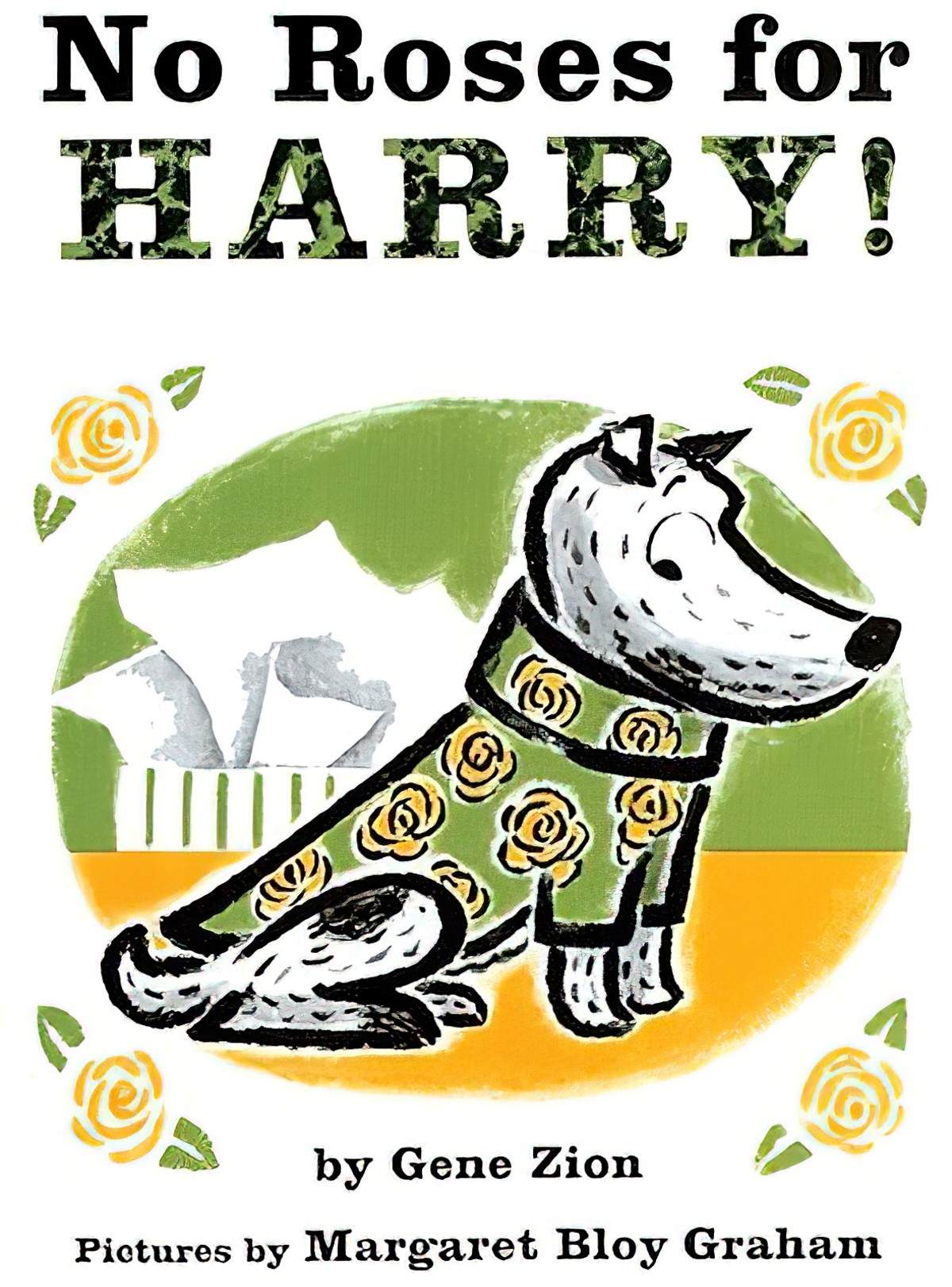
No Roses For Harry by Gene Zion and Margaret Bloy Graham (1958) is a sequel to Harry The Dirty Dog. I like this story less due to its increasingly outdated message about masculinity. WHAT HAPPENS IN NO ROSES FOR HARRY Human grandmother sends partly anthropomorphised pet dog a coat for the dog’s birthday. The coat […]
-
Thieves and Rascals by Mavis Gallant Analysis
“Thieves and Rascals” (1956) by Mavis Gallant is a masterclass in keeping part of the main interest out of the frame. One of the central characters is portrayed as an interesting character and I would like to ‘meet’ her on the page. Instead, as the story ends, I realise we’re not going to meet her at […]
